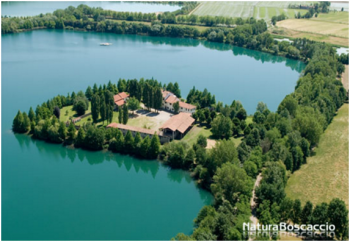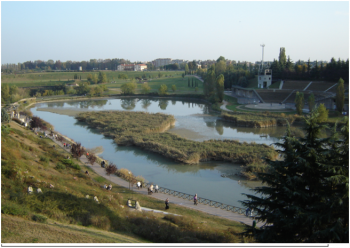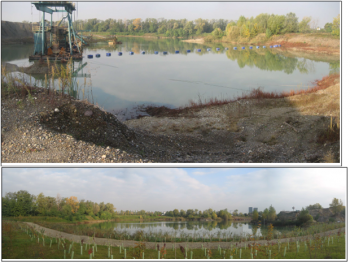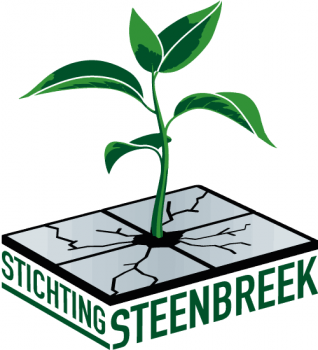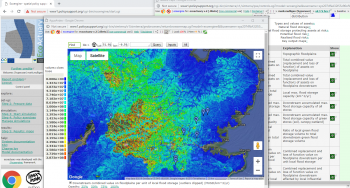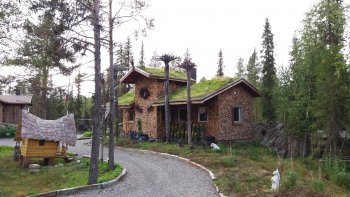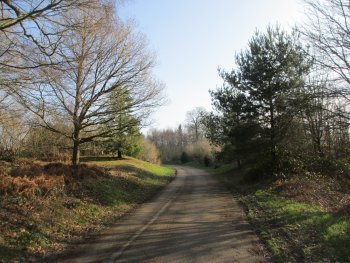Environmental recovery of a quarry ATEg32 - Gaggiano, Trezzano sul Naviglio, Zibido San Giacomo
This project aims to include :
• transformation of some portions of agricultural land in wooded strips and recovery of some rows, that were not in a good state of preservation;
• creation of a new area for the relocation of the working installations;
• fulfillment of the existing ecological network and hiding/masking of the extractive areas;
• realization of set-aside fauna;
• realization of a cane thicket with the use of lime arising from the washing of extracted gravel and sands;
• realization of areas for activities with canoe
• creation of an...

